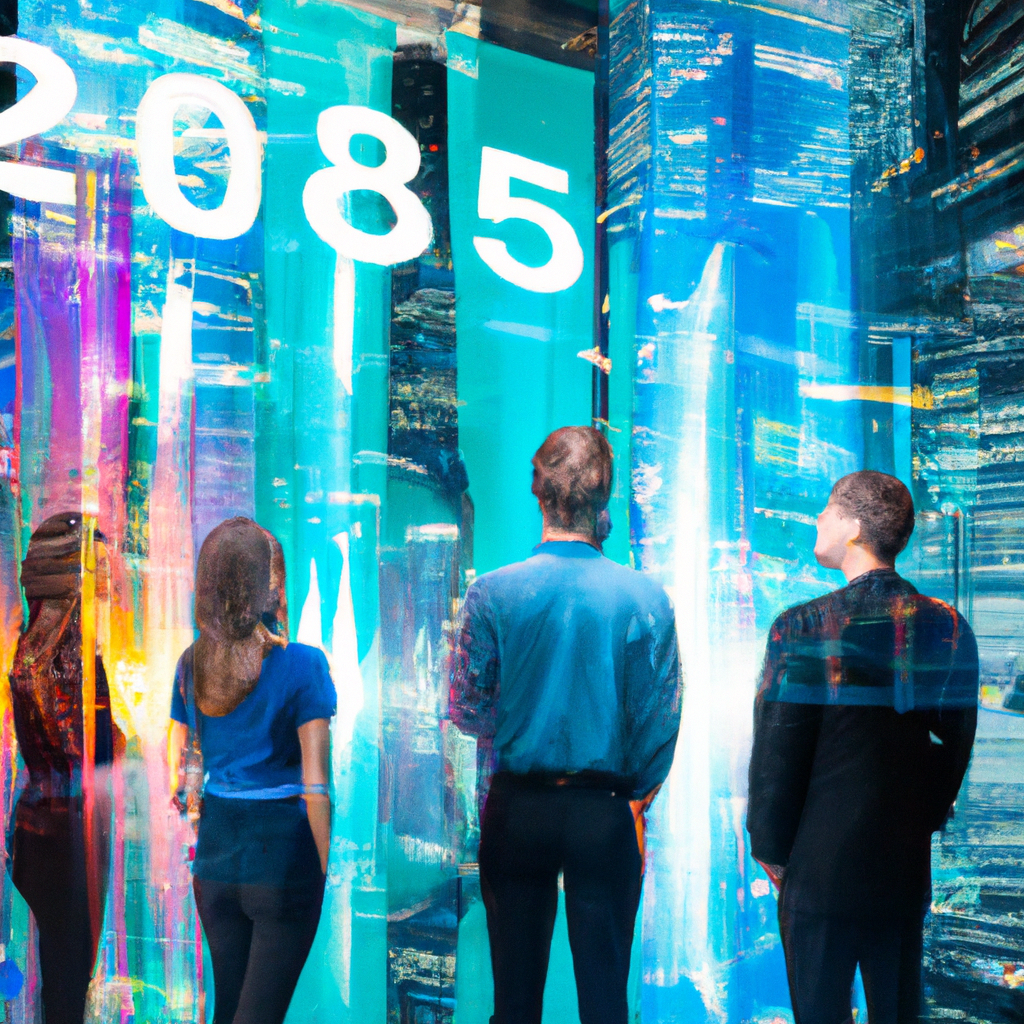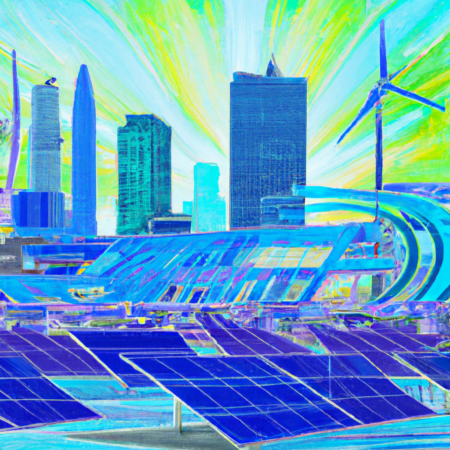Navigating the New Economic Landscape: Strategies for Growth in 2025
As we move deeper into the second quarter of 2025, the global economy presents both new challenges and opportunities. From technological advancements to shifts in global trade dynamics, understanding these factors is crucial for businesses and policymakers alike.
Understanding Technological Impact
2025 has seen an exponential increase in the adoption of AI and automation. Industries across the board are leveraging these technologies to enhance efficiency and reduce costs. However, this also poses challenges such as workforce displacement and the need for significant re-skilling.
Global Trade Dynamics
The geopolitical landscape has significantly shifted trade patterns. The re-emergence of protectionist policies in some major economies is reshaping supply chains and forcing businesses to adapt quickly. Effective strategies include diversifying supply sources and investing in domestic capabilities.
Financial Policies and Market Stability
Central banks around the world are implementing new policies to combat inflation and stabilize markets. Understanding these financial policies is crucial for investors and businesses planning their financial strategies.
Sustainable Growth and Environmental Policies
With an increasing focus on sustainability, regulatory changes are affecting how businesses operate. Companies are now expected to prioritize green initiatives, which not only helps the planet but can also be financially beneficial due to incentives and consumer preference for sustainable products.
Strategies for Businesses
To thrive in 2025, businesses need to be agile, adapt to new technologies, diversify their trade options, understand financial shifts, and adopt sustainable practices. Strategic planning and flexibility are key in navigating this complex economic landscape.






